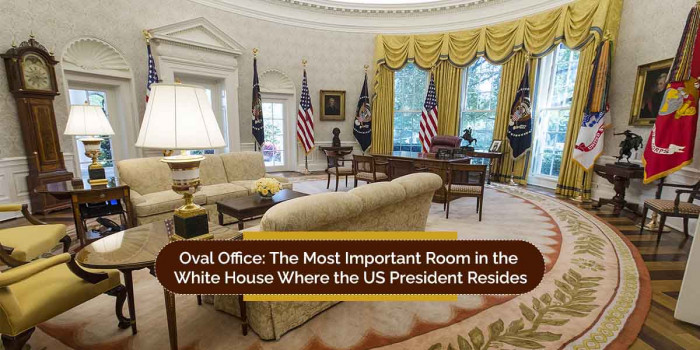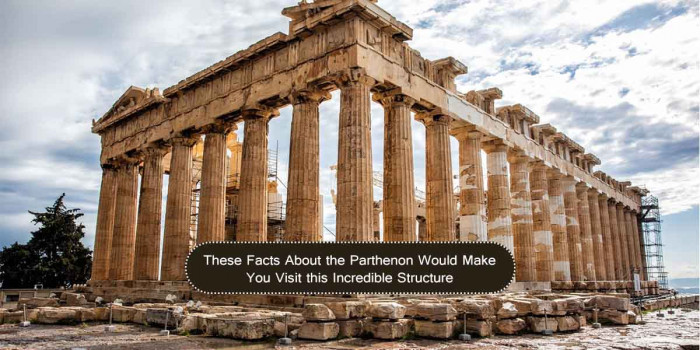The Uniquely Exotic Style & Finest Examples of Mediterranean Architecture
Mediterranean revival architecture predominantly dates back to 1920s and 1930s. Its exotic aesthetics and relaxing feel make it a luxurious and classic architectural style.
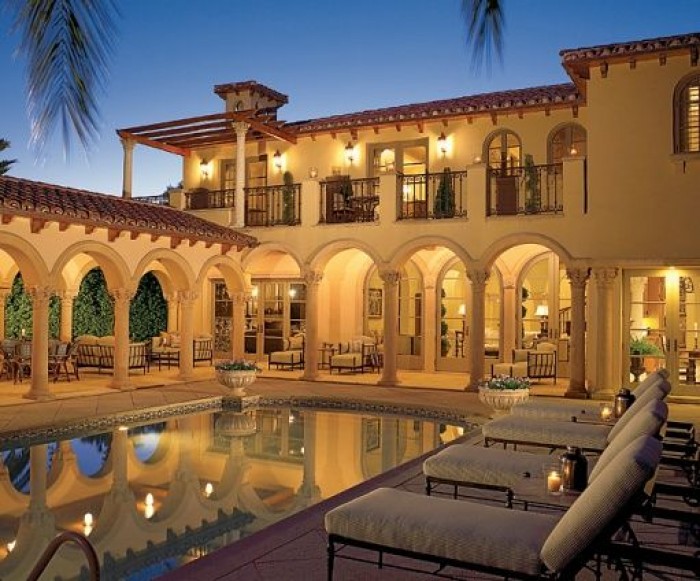
The Mediterranean is all about warm sun, cool drinks, soft beaches, and vibrant flavors. Capturing all of its aesthetics at once can only be achieved through Mediterranean architecture. The Mediterranean Revival style of architecture gained immense popularity in the 1920s and 1930s. The exotic aesthetics and relaxing feel of this architecture incorporate references from Spanish Colonial, Beaux-Arts, Spanish Renaissance, and Venetian Gothic architecture.
This architectural style was heavily inspired by the seaside villas and palaces. Several coastal resorts, hotels, apartment buildings, residences, and commercial structures were then built in California and Florida. August Geiger and Addison Mizner were the pioneering architects in Florida and Paul Williams, Sumner Spaulding and Bertram Goodhue were in California.
Now let’s take a look at some defining elements of Mediterranean architecture.
The structures of Mediterranean style are usually based on a rectangular plan and its distinctive features include vast symmetrical facades, articulated door surrounds, red-tiled roofs, arched windows, stuccoed walls, wood or wrought iron balconies with window grilles, one or two stories, lush gardens, and simple or dramatic ornamentation.
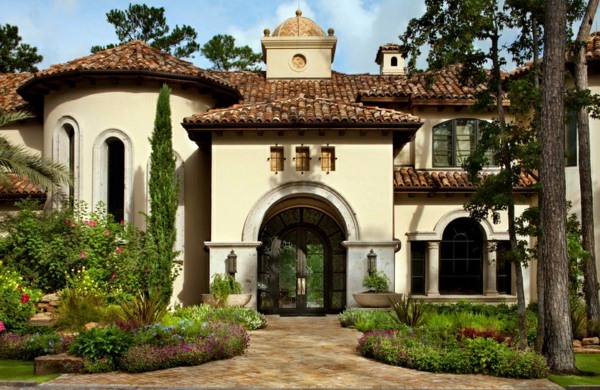
- Red tiled roof: These roofs were made of clay pots and bricks. Shaped like a half tube, they were waterproof and fireproof, allowing easy shedding of water. They are low-pitched with broad overhanging eaves.
- Stucco walls: A stucco finish aided in the protection of exterior wall surfaces from rain, sunlight, and high temperatures as is typical to Mediterranean climates.
- Arches: Dating back to Roman times, arches are a self-supporting element allowing the building of lighter weight and more resilient walls.
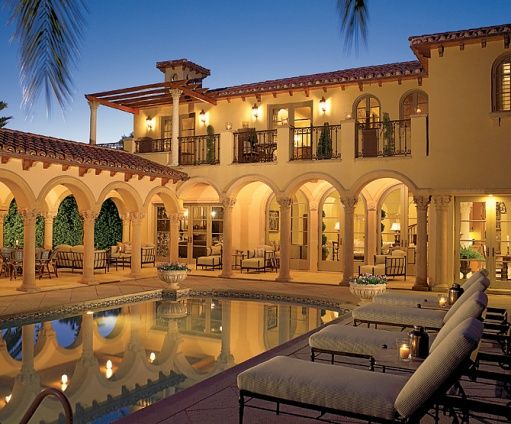
- Ornamental aspect: The houses generally feature exhibits of large, heavy wooden doors with ornate carvings and multicolored tiles for the risers of staircases.
- Symmetrical facade: Other than the red-tiled roof, the immense symmetrical facades are almost always covered with crisp white stucco that is in contrast with the bright red tiles.
- Eclecticism: This is the key characteristic of Mediterranean architecture and it refers to the selection of multi-styled elements so as to create a desired aesthetic. Mixing and matching different aspects and motifs of styles, old and modern, results in the desired outcome.
And, here are some of its famously finest examples with the perfect Mediterranean architecture look-and-feel.
1) The Twilight Zone Tower of Terror in Walt Disney World at Orlando, Florida
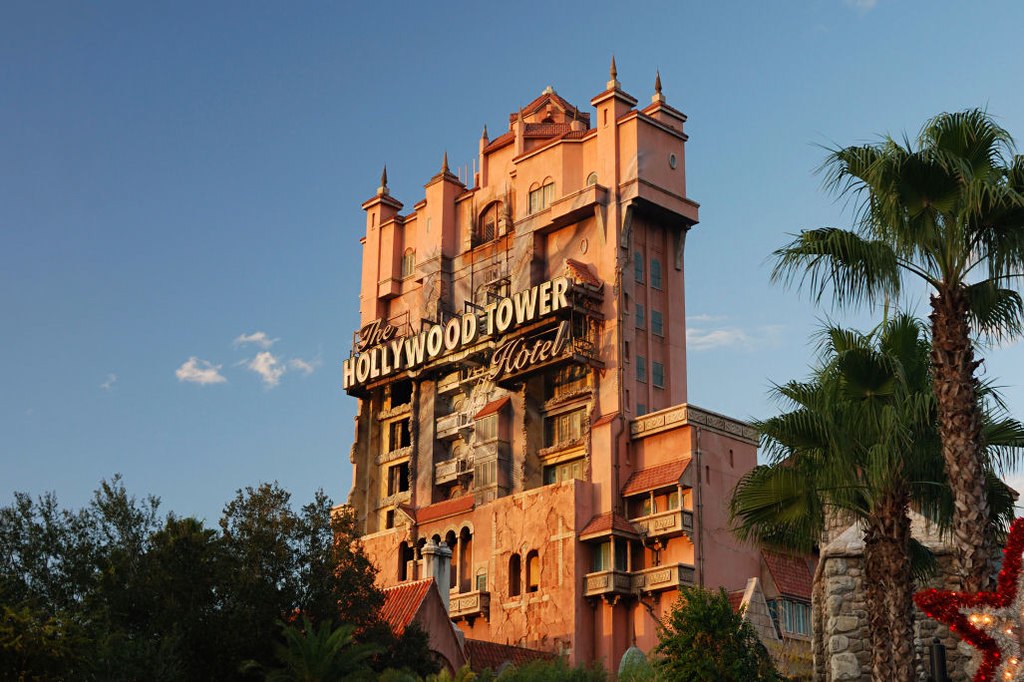
The Twilight Zone Tower of Terror is an accelerated drop tower dark ride located in the Walt Disney World in Orlando, Florida. It is one of the tallest structures at Disney resorts that opened in 1994.
2) Pasadena City Hall in Pasadena, California
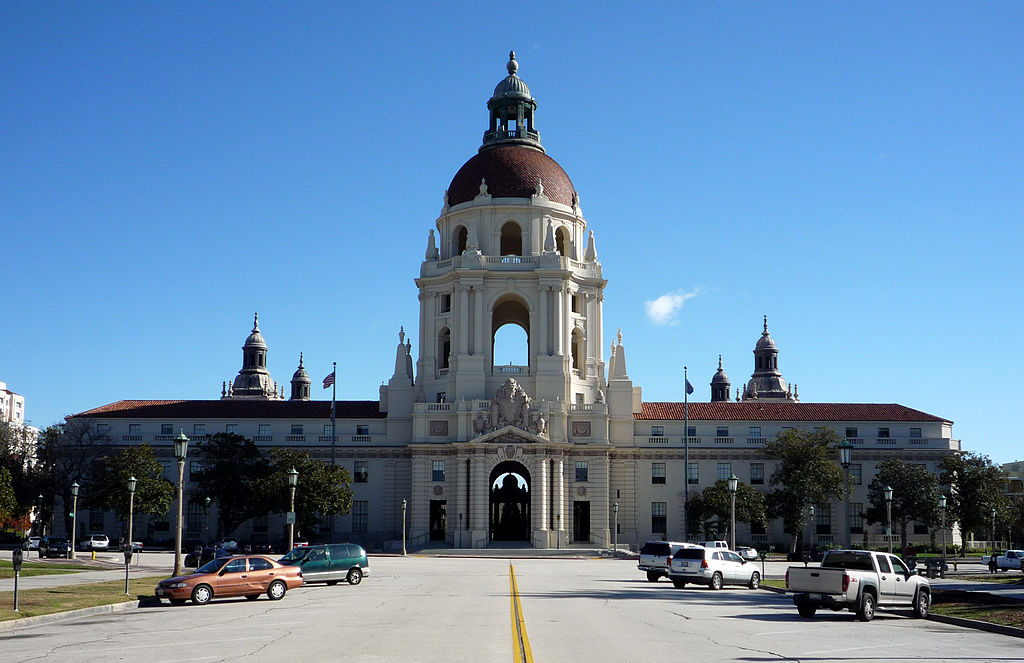
Having established in 1927, Pasadena City Hall is a significant architectural example of the ‘City Beautiful’ movement of the 1920s. It is the central location for city government in the City of Pasadena, California.
3) Hayes Mansion in San Jose, California
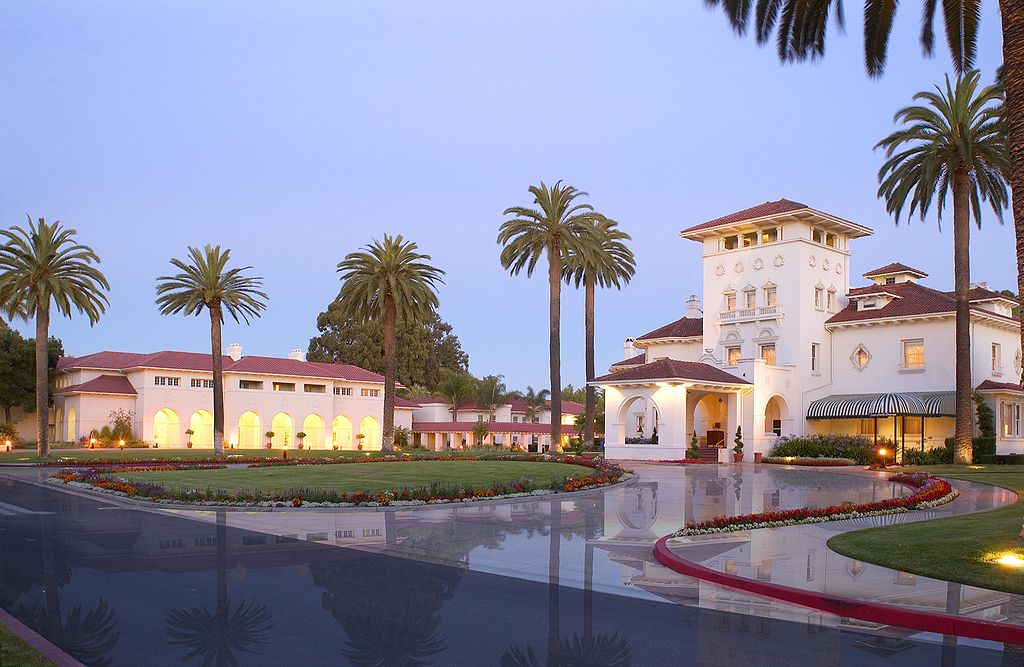
The architect George Page was hired in 1903 by Mary Chynoweth and Hayes Mansion was built by 1905. It is a hotel resort in San Jose, California, and is referred to as 'Dolce Hayes Mansion', as part of Dolce Hotels and Resorts.
Considered as one of the finest examples of late 19th century Mediterranean Revival architectural style, it was originally home to the Hayes family in the Santa Clara Valley. It also falls among the list of California Historical Landmark and National Register of Historic Places.
4) Fred C. Aiken House in Boca Raton, Florida
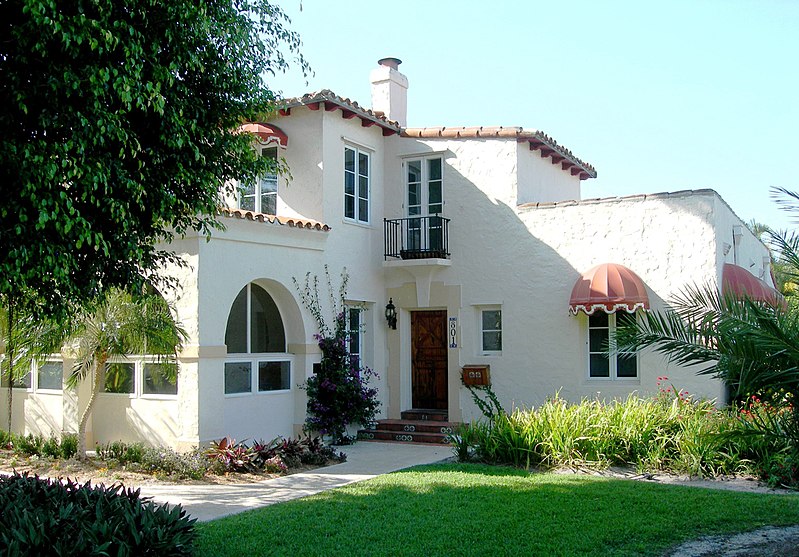
Fred C. Aiken House is a 2-story historic house built by the architect Addison Mizner in 1926. It is a lavish Mediterranean resort community with houses featuring Moorish columns and spiral suspended staircases. It is added to the U.S. National Register of Historic Places list and was owned by Boca Raton’s mayor Aiken from 1929 to 1938.
5) Vizcaya Museum and Gardens in Miami, Florida
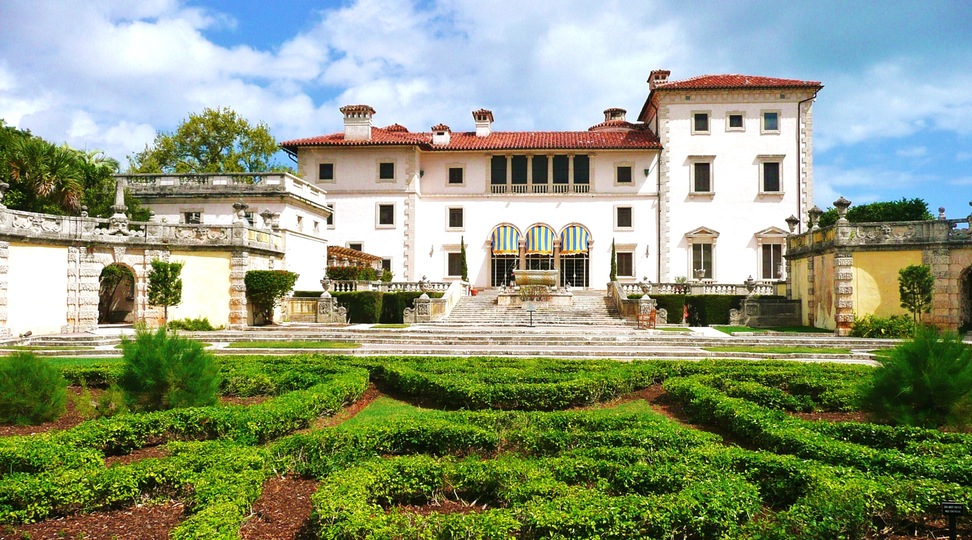
The Vizcaya Museum and Gardens, formerly called Villa Vizcaya, was the villa and estate of industrialist James Deering. It is located on Biscayne Bay in the present-day Coconut Grove neighborhood of Miami, Florida.
Popular Posts
10 Worst Modern Arts Ever That Sold For Millions
Modern art is known for having many hidden masks inside it which is hard to reveal but has a great significant meaning to understand. These artifacts enhance the beauty of the place many folds.
Kimberly Campbell
10 Facts About Angry Indian Goddess Maa Kali
Kali death mother is known for her victory over darkness according to Hindu mythology. She is ferocious and most powerful deity known for her violence and aggression which she utilizes against evil forces to bring peace back to earth.
Ethan Stephans
7 Scientific Facts About Lord Shiva - The Destroyer Of The World
When it comes to religion and god, people often mistake the whole arrangement as some magical experience, but in reality symboli...
Aaditya M







